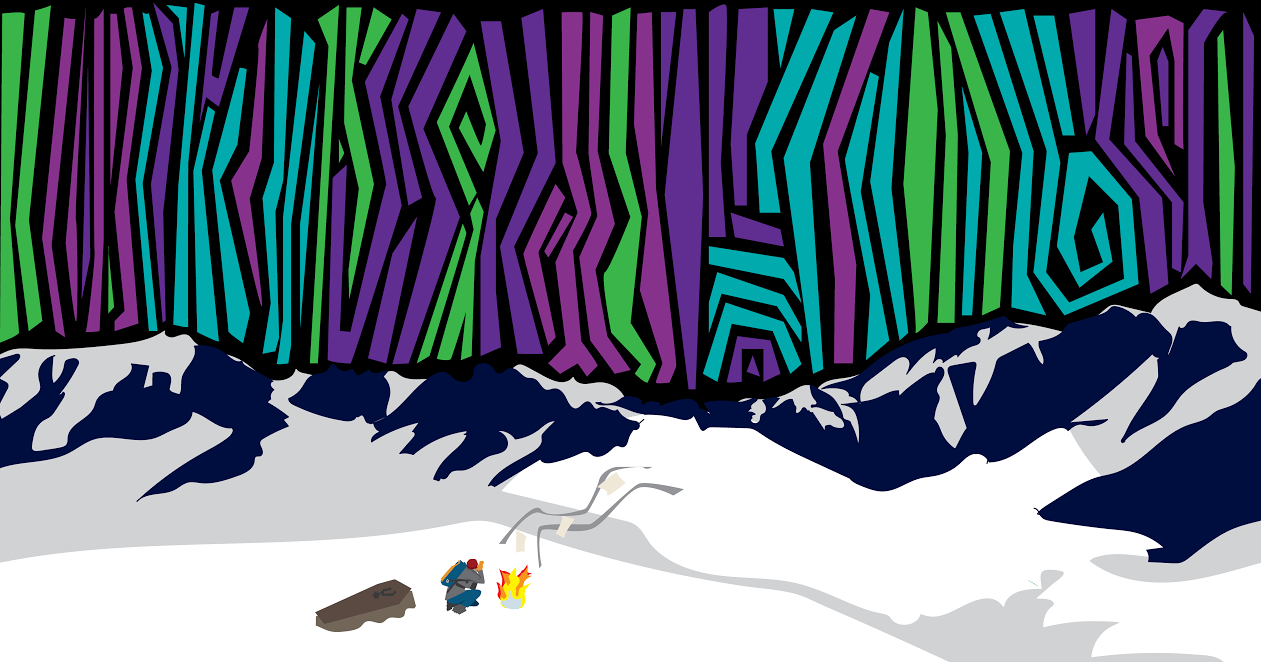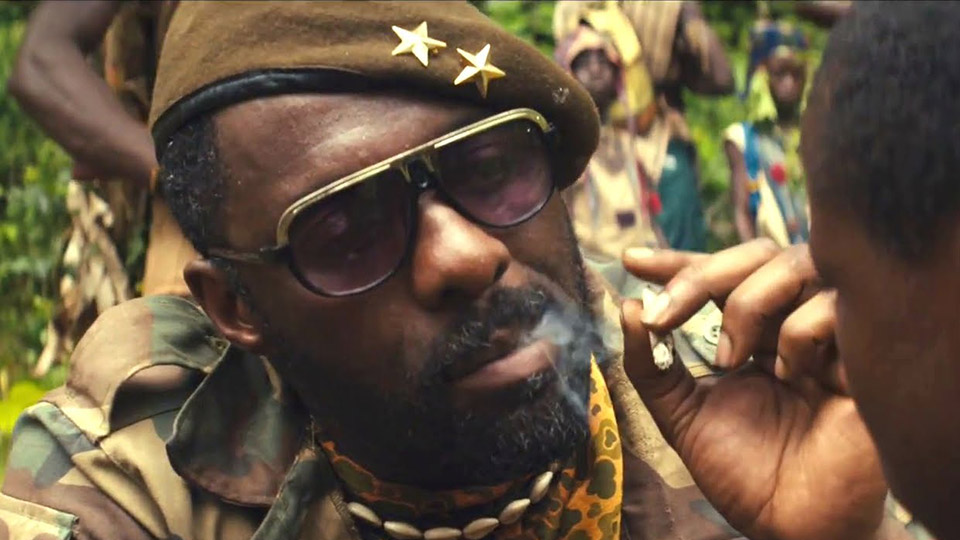Below
are some thoughts on some of the nonfiction I read in 2017:
Rising
Tide: The Great Mississippi Flood of 1927 and How It Changed America by John M. Barry (1997)
This book is an incredible feat about the horrifying
attempts of the 19th century to tame the Mississippi River. I read
it over the summer, and while the book is about the double-edged sword of
engineering, the book is also about the wild tides of racism and progressive
forces at the start of the 20th century. I read about the flood of
1927 as men of all ages and of mostly one race burned tiki torches and marched
like idiots through Charlottesville in the night. I’m not sure a single book
could be so depressingly clear about the snakes writhing at America’s roots and
how they have always been there, albeit more dangerous in some times than
others. Historical scenes from the 1927 flood include white men, the bosses,
holding their black employees hostage atop the levees, fearing black flight
from white authority. These scenes took place decades after emancipation and
decades prior to white flight from the urban landscape. History isn’t so much a
circle or a corkscrew as it is a river given to unpredictable flood cycles. You
can grow desperate or satisfied in that awareness.
The
Hitchcock Murders by
Peter Conrad (2000)
If you want to know more about how Alfred Hitchcock’s
film works, this book will do that. For a teacher looking to better explain how
techniques and thematic concepts cross paths, this book provides both language
and substance for proving you’re not just making it all up, even if you
sometimes are.
Better yet, this book crossed my path when a student
handed it to me on her last day of class. I am eternally grateful—my students
since then maybe less so, for I am punishing them with excerpts about the links
between cinematic cuts, appetite, and violence. Bon appètit.
Something
Must Be Done About Prince Edward County: A Family, a Virginia Town, a Civil
Rights Battle by
Kristen Green (2015)
My wife and father both read this book before I did.
I read it on their recommendations and simply from observing how moved they
were in reading the book. My wife is from Massachusetts and so everything is
Southern to her except for polar bears. My dad, however, was born and raised in
Altavista, Virginia, near Lynchburg. My mom was born in Atlanta, lived in
Charlotte, and was raised in Halifax County, Virginia. I was born in Kentucky,
lived in Georgia, and graduated high school from Fredericksburg, Virginia. I
bring all this up because Green’s book tells a rather familiar story: people
will go to great lengths to keep racist traditions and prejudices alive and acceptable.
I bring all this up because those great lengths happened and do happen in
places other than Alabama and Mississippi. They can happen in Prince Edward
County. They can happen in Charlottesville. They can probably happen elsewhere
too.
Just
Around Midnight: Rock and Roll and the Racial Imagination by Jack Hamilton (2016)
The opening essay is about the shared musical
territories of Sam Cooke and Bob Dylan. Other chapters discuss Aretha Franklin,
Janis Joplin, and Dusty Springfield. The conclusive essays focus on Jimi
Hendrix and The Rolling Stones. The information is nonstop, and the research is
thorough. You will look either at music and artists differently. Certain truths
will unravel, and you will hear certain songs as something else. This
difference will not be necessarily better or worse, but it will be different
and you will be forced to think about what the hell is rock ‘n roll.
Also, Hamilton’s not a bad follow on Twitter if you
look him up.
Missoula: Rape and the Justice System in a College Town by Jon Krakauer (2015)
I have only read two of Krakauer’s
books. This one and Into the Wild. If
you want the best passages from Krakauer, Missoula
is not necessarily the book to read. Missoula
delivers a scathing case study pinpointing why and how the justice system
fails the victims of sexual assault and rape: In the charging of just about any
other crime the perpetrator is treated as a suspect and the victim as a victim.
However, the opposite is often true when police departments investigate crimes
of sexual assault and rape or when juries listen to lawyers deliberate.
Beale
Street Dynasty: Sex, Song, and the Struggle for the Soul of Memphis by Preston Lauterbach (2015)
I read Lauterbach’s book so I could write With the Memphis Blues Again. Somewhere
on the book’s jacket a critic compares it with HBO’s Boardwalk Empire. Seems true. Except Beale Street Dynasty contains more lives, more decades, more
history, and more stories, as it traces the history of Beale Street’s
development from the Civil War era to the middle of the twentieth century. I
once vowed to read a presidential biography a year. I have not kept that vow.
But I do think I would be more likely to read at least one American city’s
biography per year. Memphis was a decent place to start.
Jerry
West: The Life and Legend of a Basketball Icon by Roland Lazenby (2009)
A magnum opus about Jerry West. A tale rooted in
colonial Virginia, backwoods West Virginia, and a dangerously depressing search
for perfection proves West isn’t just a logo for the NBA, but a perfectly named
logo for Manifest Destiny.
Michael
Jordan: The Life by
Roland Lazenby (2014)
A magnum opus about Michael Jordan. While the whole
book is really a case study about the modern athlete and the makeup of Alpha
personalities, the passages about Jordan’s grandfather and life along those
pinebrushed Carolina rivers really are the most intriguing.
Flight
Maps: Adventures with Nature in Modern America by Jennifer Price (1999)
Going into it, I expected a great deal about
flamingos. I was not wrong. However, I now find myself spending an equal amount
of time mourning passenger pigeons and shopping malls.
Levels
of the Game by
John McPhee (1969)
The man writes better than well on tennis.
Reality
is Not What It Seems: The Journey to Quantum Gravity by Carlo Rovelli (2017)
I now know what a 3-Sphere is, but please don’t ask
me to explain it.
How
to Watch a Movie by
David Thomson (2015)
I just jot down movies to watch while reading
Thomson and grow angry at his sentences being better than mine. Then I assign
Thomson to students, so we can all be angrily humbled together.
String
Theory by
David Foster Wallace (2016)
The man writes well on tennis.
The
Fire This Time edited
by Jesmyn Ward (2016)
Adapting its title from James Baldwin’s The Fire Next Time, The Fire This Time is
a strong collection of essays and poems that serves as a primer on
African-American perspectives in the 21st century. I read it
sometime late last winter, and it appeared on a reading choice list for my
English 11 students. I probably didn’t give them enough guidance in working
through each essay, but I could be wrong. My personal favorites in the
collection are Kiese Laymon’s “Da Art of Storytellin’ (a Prequel)” and its
endless thoughts on Outkast, Rachel Kaadzi Ghanash’s “The Weight” because of
how it aligns voices from the past with the present, and maybe “Composite Pops”
by Mitchell S. Jackson. But, if I were to read it again, I’m not doubtful that
list would change.
After all, the list is always changing.
Bryan
Harvey tweets @Bryan_S_Harvey.









